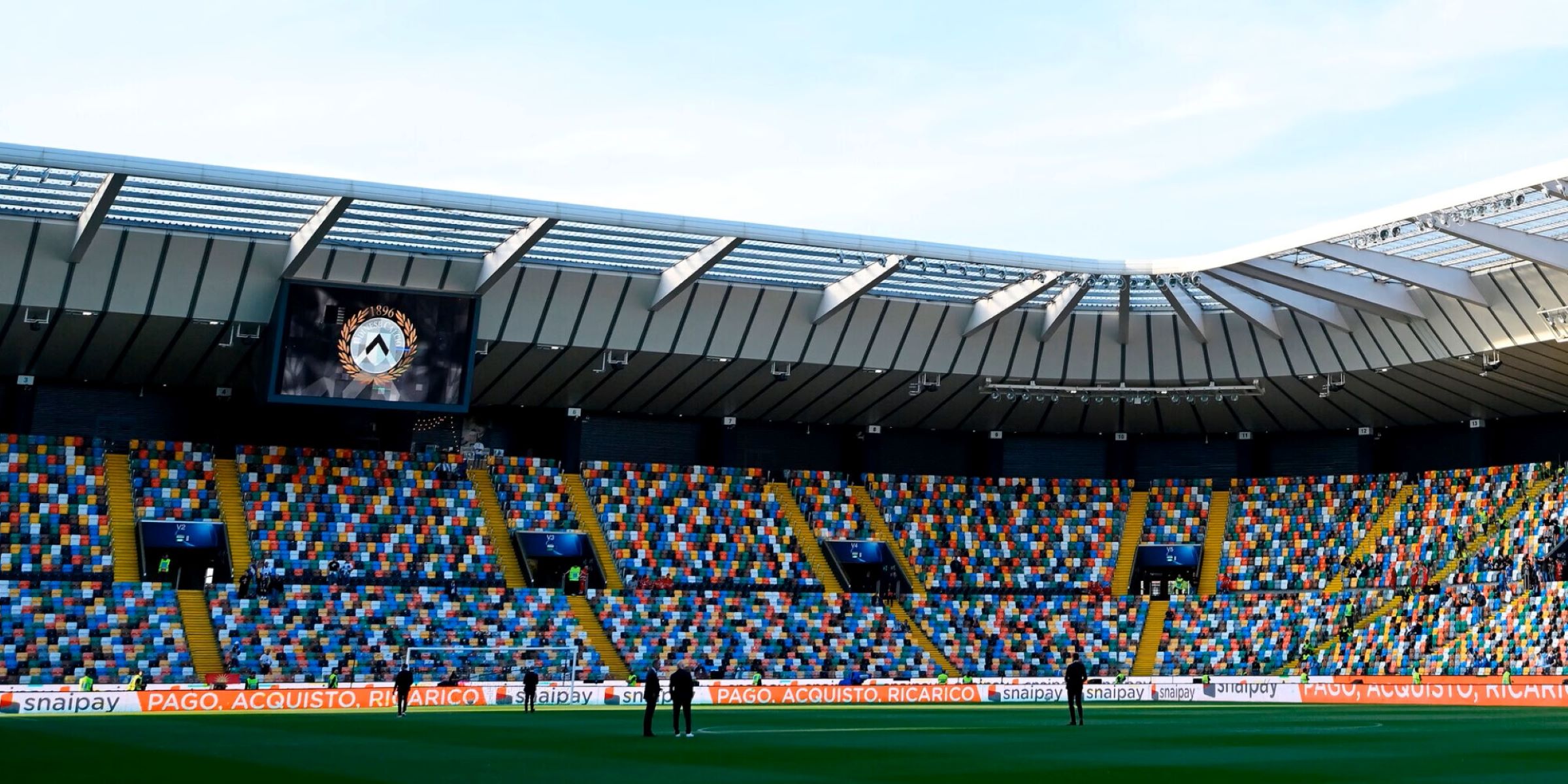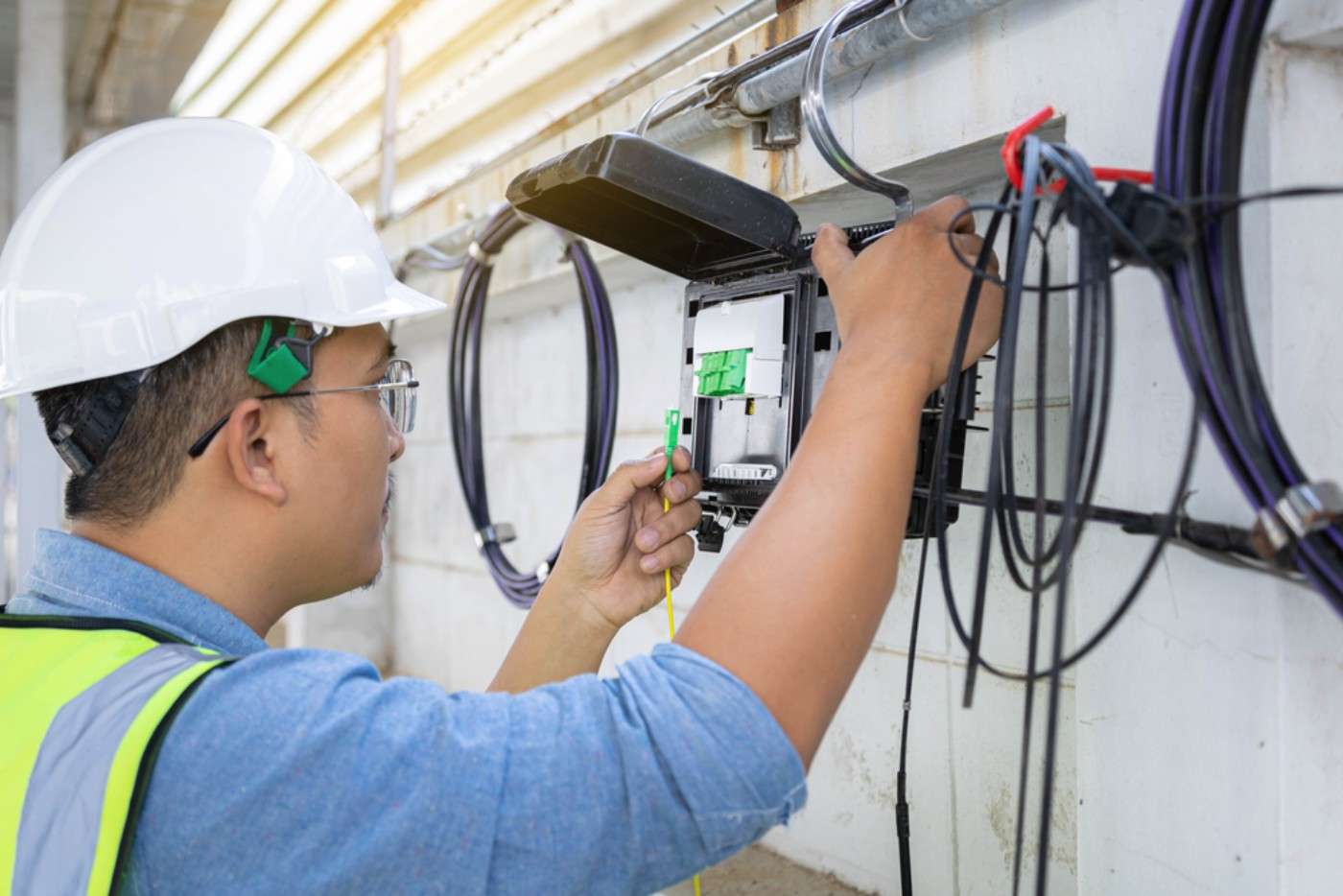
Dacia Arena, also known as Stadio Friuli, is a landmark stadium located in Udine, Italy. It is the home of Udinese Calcio, one of the country’s most renowned football clubs. Dacia Arena is not just a mere sports venue; it holds significance with its enigmatic charm and rich history. This article aims to uncover 19 intriguing facts about Dacia Arena that make it more than just a place to watch football matches. From its architectural design to the famous players who have graced its turf, Dacia Arena has carved a special place in the hearts of football enthusiasts and local residents alike. So, let’s dive into the captivating world of Dacia Arena and discover the hidden gems that make this landmark stadium truly remarkable.
Key Takeaways:
- Dacia Arena, home to Udinese Calcio, is a modern stadium in Udine, Italy, with a horseshoe shape, natural grass pitch, and passionate fans, offering a unique and vibrant football experience.
- With its capacity of 25,144, Dacia Arena has hosted FIFA World Cup matches, Italian national team games, and UEFA Europa League encounters, providing a versatile and exciting venue for football and cultural events.
Dacia Arena is located in Udine, Italy.
This state-of-the-art stadium is situated in the city of Udine, in the beautiful region of Friuli-Venezia Giulia, in northeastern Italy.
The stadium was officially inaugurated in 1976.
Originally known as Stadio Friuli, Dacia Arena underwent extensive renovations and reopened in 2016 with its new name and modern facilities.
The capacity of Dacia Arena is 25,144 spectators.
With its intimate atmosphere, Dacia Arena provides a unique viewing experience for both local fans and visitors.
Dacia Arena is the home stadium of Udinese Calcio.
One of Italy’s most renowned football clubs, Udinese Calcio has been playing their home games at Dacia Arena since its opening.
The stadium was designed by the famous architect Ennio Brion.
Ennio Brion, known for his innovative designs, created a visually striking and functional stadium that has become an architectural gem in Udine.
Dacia Arena has a distinctive horseshoe shape.
The horseshoe design of the stadium allows for optimal sightlines and creates a vibrant atmosphere during matches.
The pitch at Dacia Arena is made of natural grass.
The well-maintained grass ensures a high-quality playing surface for the teams and enhances the overall aesthetics of the stadium.
Dacia Arena hosted matches during the 1990 FIFA World Cup.
This prestigious tournament brought international football stars to the city of Udine, further solidifying Dacia Arena’s significance in the world of football.
The stadium has been used for concerts and other cultural events.
Dacia Arena’s versatile infrastructure allows it to host not only football matches but also a wide range of entertainment and cultural events.
Dacia Arena has undergone several renovations over the years.
The stadium continuously evolves to meet the changing needs of the sporting industry and provide an exceptional experience for spectators.
The stadium is equipped with modern facilities and amenities.
From spacious seating areas to state-of-the-art VIP boxes, Dacia Arena offers comfort and convenience to all its visitors.
Dacia Arena is known for its passionate fans.
The loyal supporters of Udinese Calcio bring a lively atmosphere to the stadium, creating an electric ambiance during matches.
The stadium offers panoramic views of the surrounding hills.
Located in the picturesque region of Friuli-Venezia Giulia, Dacia Arena allows spectators to enjoy breathtaking views of the landscape while watching football.
Dacia Arena has hosted international matches for the Italian national team.
The Italian national team has showcased their talent on the hallowed grounds of Dacia Arena, bringing pride to the local community.
The stadium has been praised for its excellent acoustics.
Concerts held at Dacia Arena benefit from the stadium’s impressive sound system, ensuring an outstanding auditory experience for the audience.
Dacia Arena is easily accessible by public transportation.
Located near Udine’s city center, the stadium is well-connected to bus and train routes, allowing fans to conveniently reach the venue.
The stadium has hosted important UEFA Europa League matches.
Dacia Arena has welcomed top European clubs, providing a stage for thrilling encounters in the prestigious UEFA Europa League competition.
Visitors can enjoy a wide range of food and beverage options at Dacia Arena.
From local delicacies to international favorites, the stadium’s catering facilities cater to diverse culinary preferences.
Dacia Arena offers guided tours for football enthusiasts.
Visitors have the opportunity to explore the stadium’s facilities, learn about its history, and gain fascinating insights into the world of football.
Conclusion
The Dacia Arena is more than just a football stadium – it is a true landmark that represents the rich history and passion for football in Udine, Italy. With its unique architecture, state-of-the-art facilities, and vibrant atmosphere, the Dacia Arena offers an unforgettable experience for both football enthusiasts and tourists alike. From hosting thrilling matches to providing a glimpse into the local culture, this stadium truly embodies the essence of the beautiful game.
Whether you’re a fan of Udinese Calcio or simply interested in exploring iconic landmarks, the Dacia Arena is a must-visit destination. Its blend of modernity and tradition, combined with its historical significance, make it a fascinating place to discover. So, next time you find yourself in Udine, be sure to step foot inside the remarkable Dacia Arena and immerse yourself in the magic of football.
FAQs
1. When was the Dacia Arena built?
The Dacia Arena was completed in 1976, originally known as the Stadio Friuli. It underwent renovations in 1990 and 2009 before being officially renamed Dacia Arena in 2016.
2. How many seats does the Dacia Arena have?
The Dacia Arena has a seating capacity of approximately 25,144, making it one of the smaller stadiums in Serie A, the top professional football league in Italy.
3. What is the significance of the name Dacia Arena?
The name “Dacia” pays tribute to the historical connection between the region of Friuli and the ancient Dacia region, which is part of present-day Romania. It symbolizes the historical and cultural ties between the two regions.
4. Can visitors take guided tours of the Dacia Arena?
Yes, visitors can take guided tours of the Dacia Arena. These tours provide an opportunity to explore the stadium, visit the dressing rooms, walk through the tunnel, and learn about the history of Udinese Calcio.
5. Are there any other attractions near the Dacia Arena?
Around the Dacia Arena, visitors can explore the charming city of Udine, known for its historic center, beautiful architecture, and vibrant atmosphere. There are also restaurants, cafes, and shops nearby, offering a variety of dining and shopping options.
Dacia Arena's enigmatic allure captivates football enthusiasts, leaving them yearning for more thrilling tales from the world of sports. Satisfy your curiosity by exploring the unbelievable facts about Stadio Friuli, another iconic Italian stadium that holds its own fascinating stories. Each venue has a unique history waiting to be uncovered, so why not continue your journey through the captivating realm of football landmarks?
Was this page helpful?
Our commitment to delivering trustworthy and engaging content is at the heart of what we do. Each fact on our site is contributed by real users like you, bringing a wealth of diverse insights and information. To ensure the highest standards of accuracy and reliability, our dedicated editors meticulously review each submission. This process guarantees that the facts we share are not only fascinating but also credible. Trust in our commitment to quality and authenticity as you explore and learn with us.


